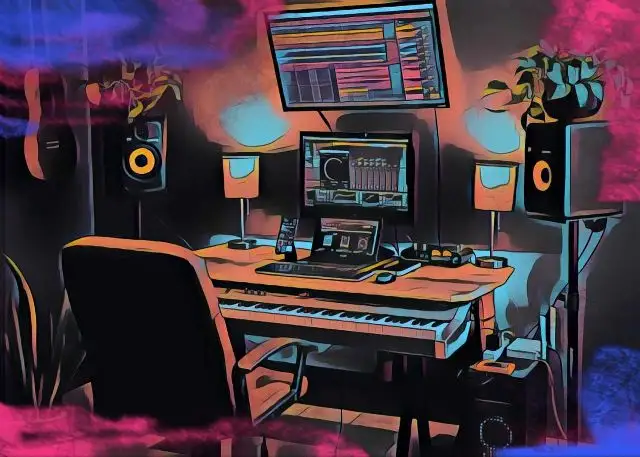Audio saturation. It’s a magical effect used by music producers and mastering engineers the world over.
But while the word ‘saturation’ is often used, the way it works and the subtle effects it can impart are not always completely understood.
We’re about to change that. Our mission (and we’ve chosen to accept it) is to take a deep dive into audio saturation, in order to give you a better understanding of where it came from, how it works, and how it can be used in your music.
Let's start off by taking a look at what audio saturation actually is.
What Is Audio Saturation
The dictionary definition of the word saturation is "the act or result of filling a thing or place completely so that no more can be added".
This definition is helpful in understanding what the process of audio saturation does. Essentially a combination of harmonic generation and soft-knee compression, saturation occurs when audio is driven beyond the receiving equipment's capacity to handle the incoming signal in a linear fashion.
Or at least, it did in the days of analog equipment. Nowadays we have the convenience of saturation plugins to recreate the effect. The plugins don't actually saturate the signal, they just emulate the responses of the electrical components in the hardware being simply overwhelmed.
So where did it come from, cotton-eyed Joe?
Saturation: The Origins
Once-upon-a-long-ago, recording studios used big, expensive pieces of equipment to capture, record, and process audio.
If this equipment was pushed too hard, rather than completely destroying the signal and rendering it useless (like in the digital world), engineers found that it added some rather pleasing artifacts to the original signal.
There are basically three types of hardware saturation.
Types of Audio Saturation
Tape Saturation
In analog recording studios magnetic tape machines are used to record audio. The 2-inch tape used magnetized oxide particles to capture the audio signal. The more the signal was driven onto the tape the more these particles were magnetized, and if driven far enough, it would reach - you guessed it - a saturation point.
When this happened, two key effects would occur:
- Harmonic distortion: new harmonics, not present in the original signal were introduced, giving some warmth and grit to the sound.
- Soft-Knee Compression: the peaks of the signal would get gently attenuated, or soft-clipped .
Tape machine saturation introduces both even ( 2nd order ) and odd ( 3rd order ) harmonics (see below for more on this!) , but primarily the even kind. This contributes to the 'warmth and fullness' typically associated with analog recordings.
Various factors affect the quality of the saturation produced, including how hard the incoming signal is driven, tape speed, and the type of tape being used.
Tube Saturation
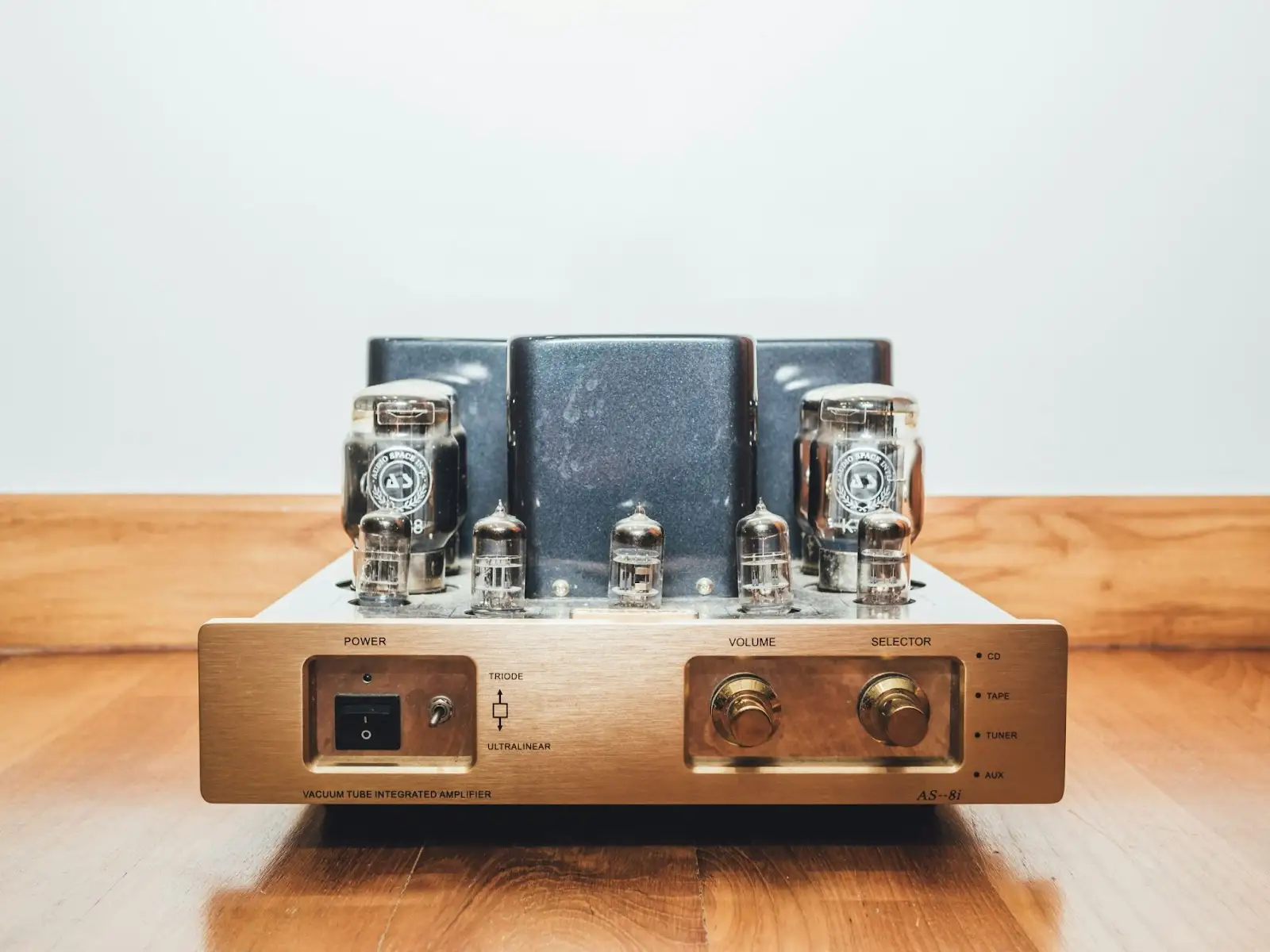
Tube saturation happens when a signal is being driven hard through tube amps.
A vacuum tube works by allowing electrons to flow across a control grid between a cathode and an anode. Under 'normal' operating conditions the grid can control the flow of electrons from the incoming electrical signal. But when the signal gets too strong this control breaks down. The result? Saturation.
The resulting effect is similar to tape saturation: subtle forms of compression, and harmonic distortion. And like tape saturation, tubes tend to produce more even harmonics - which are closer in frequency to the fundamental, and therefore lower - meaning it's a great form of saturation for 'fattening' the sausage sound.
Again, the age and make of the tubes, and the level of the signal being pushed all effect the outcome.
Transistor Saturation
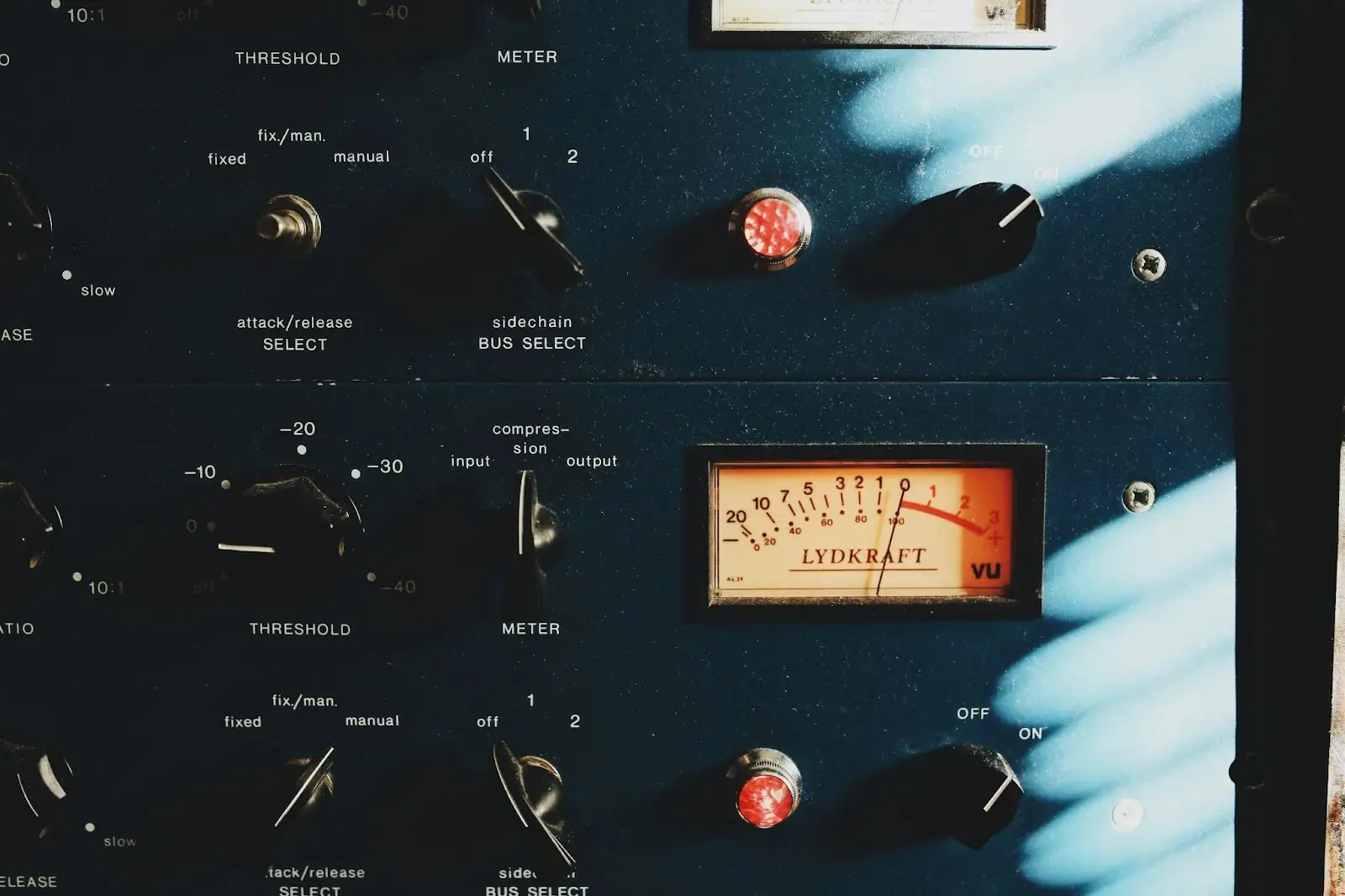
The third type of saturation occurs when there is so much current trying to pass through a transistor based circuit (due to a high incoming signal) that it causes the voltage to drop.
The resulting saturation generates more odd harmonics than even, and harsher clipping than its two siblings. The prominence of 3rd order harmonics makes the sound brighter due to a larger concentration of mid and high frequencies.
That said, the results of transistor saturation can vary greatly between units due to the quality of the components, which is why this type of saturation isn't generally associated with a particular frequency response.
Transistor saturation is a form of saturation most commonly heard in guitar pedals and other outboard gear.
But wait.... what on earth are even and odd when it comes to harmonic generation? Let's take a short detour to explain about 2nd and 3rd order harmonics.
Even and Odd Harmonics
Like a lot of things to do with music and audio, this involves maths... but it's fairly straightforward.
Even (2nd order) and odd (3rd order) harmonics are basically multiplications of the fundamental frequency on which they are created. Even order harmonics will increase in multiples of 2, 4, 6 etc. whereas odd order harmonics do so by a factor of 3, 5, 7, and so on.
2nd order harmonics create a softer series of overtones (made up of octaves and fifths), whereas 3rd order harmonics essentially build up a (more complex) dominant 7th chord.
Confused? Don't worry, this graph will explain everything better than my coffee-addled brain can:
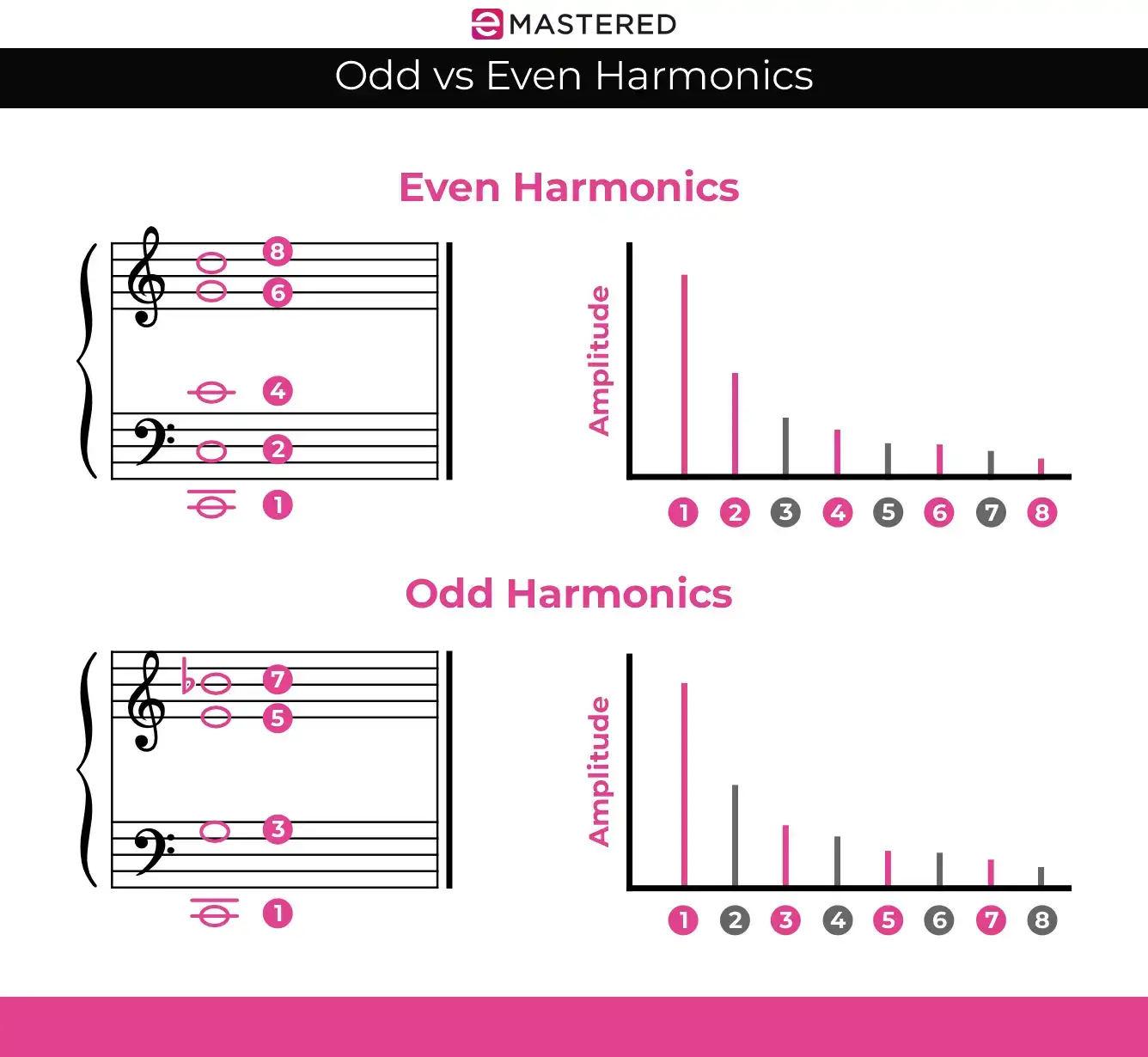
Even though our ears don't pick out the individual frequencies involved, we still hear the result. So when saturation introduces this harmonic distortion we interpret it as a warm sound (2nd order) or a more aggressive one (3rd order).
While there's a lot more to harmonics than just this , it's useful to understand how they work in relation to saturation so you know how it can affect your music.
Saturation Vs Distortion
Saturation. Distortion. Potato. Potahto. But not quite.
Since audio distortion is really any change in the shape of a waveform, saturation can be described as a very subtle form of distortion. But not all distortion is created equal . There's differences between various types of distortion, and if you're going to f**k around with your music (or someone else's) it's worth knowing about them.
Saturation Distortion
As you (should) already know by now, saturation distortion happens when a signal input exceeds the maximum capability of an electrical component. The saturated signal is subject to subtle compression, resulting in a harmonically rich sound.
Harmonic Distortion
When harmonic distortion happens, frequencies (or harmonics) not present in the original signal are added. Depending on whether these frequencies are even or odd, the result can be a warm, round tone, or a more complex sound.
Phase Distortion
Phase distortion happens when some frequencies of a signal, or signals, get passed through a system at a different time to other frequencies. This modifies the phase relationship of the frequencies - phase-shifting - resulting in blurring of the sound.
Quantization Distortion
In digital recording, analog audio is converted to a digital signal on the way in, and vice versa on the way out. This process of converting the waveform can sometimes produce errors, especially at lower bit depths. This form of distortion results in a loss of fidelity and quantization noise.
Digital Distortion
This kind of distortion includes many forms specific to digital audio processing. It can include clipping, aliasing, and quantization errors, but the end results always sound harsh and generally unpleasant. Sometimes, though, it can be used as a creative effect.
Bit Depth Distortion
If the bit depth of a recording is too low to capture the dynamic range of a signal sufficiently, the resulting audio is grainy. If you're a fan of 8-bit music production, this kind of distortion is something you rely on heavily.
But I digress. Why bother using audio saturation at all?
Benefits of Using Saturation
It's ironic that when saturation was first discovered on analog equipment, engineers were somewhat appalled that the purity of their recordings was compromised. Yet it has become such a sought-after sound that folks have spent countless hours trying to recreate it digitally.
Why? Because it can impart all sorts of juicy goodness to your mix. Such as....
Analog Sound
Since it's highly likely you make all your music in the digital world, adding saturation can evoke that classic sound of yesteryear. Great for nostalgic retro-heads, and anyone wanting a rich, warm sound with depth.
Perceived Loudness
Thanks to the subtle compression and distortion imparted by tube and tape saturation, the perceived loudness of a track, submix, or even an entire mix can be increased.
Enhanced Presence
Use saturation to help instruments cut through a mix more effectively, improving their presence and impact.
Musical Glue
When applied to bus groups or the master channel, audio saturation can help glue things together. This works in two ways: the compression aspect helps smooth out the dynamics, while the tonal aspect is integrated thanks to the saturation adding harmonics. All of this helps create a cohesive mix.
Creativity
For the most part, saturation should be used with a light touch. But, if you want to get creative, saturation can be used as a sound design tool to dramatically alter the textures and timbres of an instrument.
How to Use Saturation in Music Production
It's not for me to tell you how to create and shape your music. Experimentation is the new mother of invention, so go nuts.
But to help get you started here are some pointers for adding saturation to your work.
Tracking
Amps or input channel strips with mic pre amps, EQ, and compression can be lightly saturated before the signal gets recorded. This helps smooth out the sound, and will make mixing a simpler task. Remember that you can add more saturation later, but you can't take it away, so go easy!
Drums
Adding saturation to your drum bus will help glue all your percussive elements together to give a more united front. Peaky transients can also be tamed this way, and the harmonic saturation introduced will add a fullness to the whole drum mix. If you're using a saturation plugin that has a mix control, play with the blend of wet and dry signals for some parallel processing action.
Bass
Saturation added to a bass channel strip can add to the low mids and mid range, helping your bass player's finest work cut through the mix.
Guitars
Guitar tones can be made brighter, or more present by adding tube or tape saturation. Be mindful that since distortion is often part of the original sound, you don't want to go overboard with saturation.
Vocals
Saturation can work magic on vocals. Tame peaks, fatten a thin vocal, or warm up a harsh one. Try it on your mother-in-law!
Synths
Virtual synths can sometimes sound dull and lifeless. Saturation can be used on these tracks to make them sound more organic.
Mastering
Mastering engineers will often use small amounts of saturation across an entire mix to create a cohesive sound.
The Best Saturation Plugins
While we may all dream of one day owning a studio crammed full of analog gear, the reality is that (a) it's expensive, and (b) it takes up a lot of real estate (which is also expensive).
Fortunately, there's a slew of plugins that make applying saturation in the digital world easy work. The stock audio effects that ship with your DAW can get you started on your path to saturation, but here's a small selection of third party saturation plugins to salivate over.
Free Saturation Plugins
Sometimes the best things in life are free. To whit:
Softube Saturation Knob
This fun-to-use saturation plugin can add warmth to vocals, make your guitars more aggressive (not talking to you, Nickelback), or beef up your bass lines. In short, it works with pretty much anything.
Voxengo Tube Amp

This tube saturation emulator is capable of mangling your audio with anything from mild warmth to fuzzy distortion.
Chowdhury Chow Tape Model
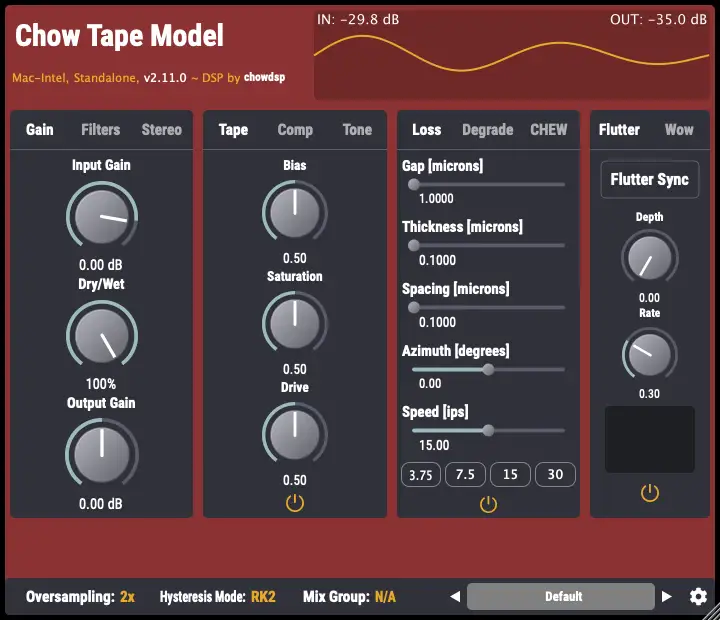
This wonderful open-source saturation plugin is a digital emulation of a tape machine. Originally developed to emulate the Sony TC-260, it's since been expanded to model a variety of tape machines.
Beyond the saturation knob there's a slew of controls to shape your sound, including wow and flutter controls, and a bias knob. Well worth the investment of zero dollars.
If you've got the time, there's a bunch more free plugins of various saturation types available on the interwebbings. And if you've got cash to spare there's these guys to consider...
Premium Saturation Plugins
This is by no means an exhaustive list, but to help get you started spending your hard-earned money, check out these saturation plug ins.
- Soundtoys Decapitator
- Dada Life Sausage Fattener
- Fab Filter Saturn
- Brainworx Black Box Analog Design HG-2
- XLN Audio RC-20 Retro Color
- Klanghelm SDRR
Conclusion
Remember, Sgt. Pepper's Lonely Hearts Club Band was recorded using ONLY FOUR TRACKS. It's not about the gear you have, it's about how you use it. Armed with your new-found saturation knowledge (and some free plugins) you can experiment to your heart's content to create your own original sound.
Now go forth and maketh the saturation-added music!


